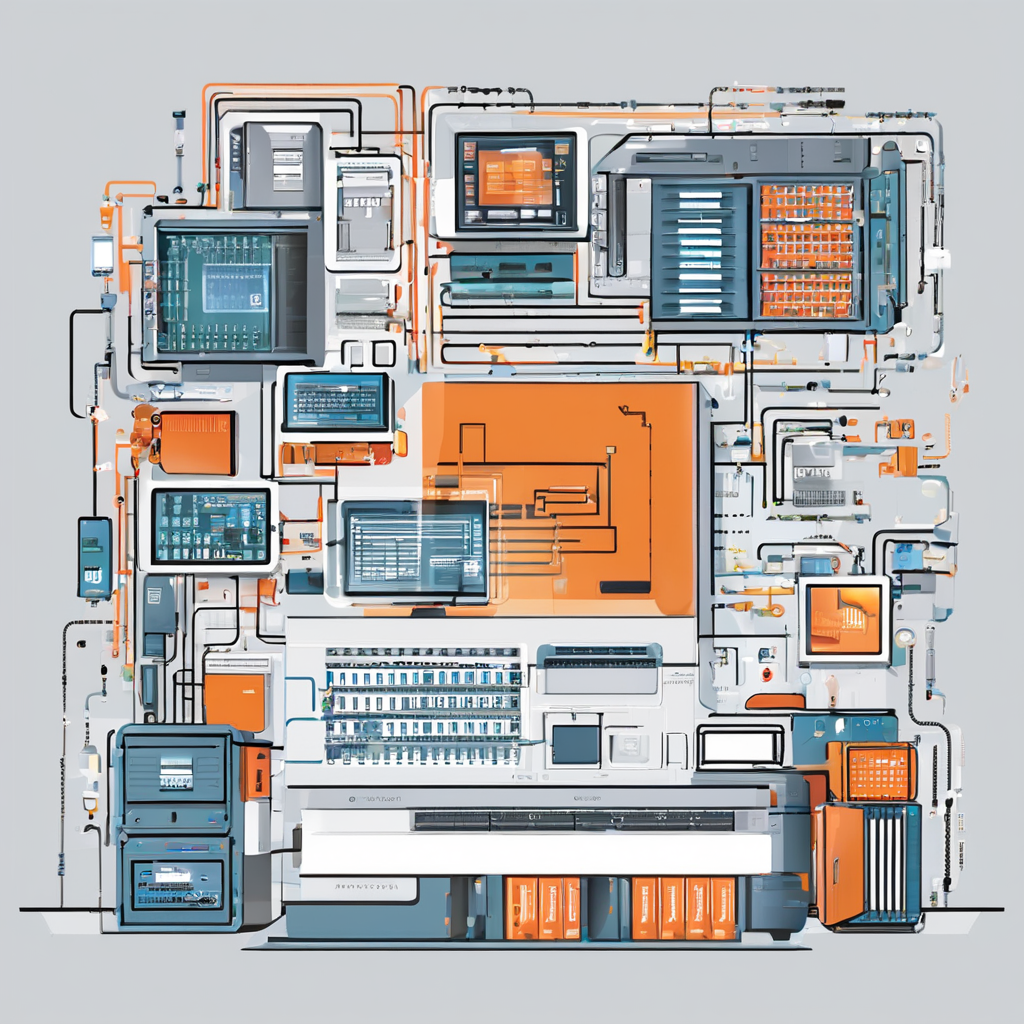Network security solutions are essential in today’s digital age to protect sensitive information and prevent cyber threats. With the increasing reliance on technology for communication, transactions, and data storage, the need for robust network security measures has never been more critical. In this article, we will explore the importance of network security solutions and discuss some of the most effective strategies and tools available to safeguard networks from potential attacks.
One of the primary reasons why network security solutions are indispensable is the growing sophistication of cyber threats. Hackers and malicious actors are constantly evolving their tactics to breach networks and steal valuable data. Without adequate protection in place, organizations are vulnerable to a wide range of cyber attacks, including malware, phishing, ransomware, and DDoS attacks. Implementing robust network security solutions is crucial to mitigate these risks and ensure the integrity and confidentiality of sensitive information.
Firewalls are a fundamental component of network security solutions that act as a barrier between a trusted internal network and untrusted external networks, such as the internet. Firewalls monitor and control incoming and outgoing network traffic based on predetermined security rules, effectively filtering out malicious content and unauthorized access attempts. By deploying firewalls at strategic points within a network infrastructure, organizations can establish a secure perimeter defense against external threats.
In addition to firewalls, encryption plays a vital role in enhancing network security by encoding data transmitted between devices to make it unreadable to unauthorized parties. Encryption algorithms scramble data into ciphertext, which can only be decrypted with the corresponding encryption key. By encrypting sensitive information such as passwords, financial transactions, and communications, organizations can protect data confidentiality and prevent unauthorized interception during transmission.
Network segmentation is another effective strategy employed in network security solutions to partition a network into smaller subnetworks or segments. By isolating different parts of the network and controlling traffic flow between segments, organizations can contain potential security breaches and limit the impact of cyber attacks. Network segmentation enhances network performance, simplifies management, and improves overall security posture by minimizing the attack surface available to threat actors.
Intrusion detection systems (IDS) and intrusion prevention systems (IPS) are critical components of network security solutions that help identify and respond to suspicious activities or security incidents in real-time. IDS monitor network traffic for signs of unauthorized access or malicious behavior, while IPS proactively block and mitigate threats by enforcing security policies. By deploying IDS and IPS, organizations can detect and thwart potential cyber attacks before they cause significant damage to their networks.
Regular security audits and vulnerability assessments are essential practices in maintaining strong network security defenses. By conducting comprehensive audits and assessments, organizations can identify potential weaknesses, misconfigurations, and vulnerabilities in their network infrastructure that could be exploited by cybercriminals. Addressing these security gaps promptly through patches, updates, or remediation measures can strengthen network security and reduce the likelihood of successful cyber attacks.
Employee training and awareness programs are crucial components of effective network security solutions, as human error and negligence are common causes of security breaches. Educating employees on best practices for password management, phishing awareness, social engineering tactics, and device security can help mitigate insider threats and enhance overall security awareness within an organization. By fostering a culture of security consciousness, organizations can empower their employees to become proactive defenders against cyber threats.
Multi-factor authentication (MFA) is a powerful security mechanism that adds an extra layer of protection to network access by requiring users to provide multiple forms of verification before granting entry. MFA typically combines something the user knows (e.g., a password), something the user has (e.g., a smartphone), and something the user is (e.g., biometric data) to authenticate identity and prevent unauthorized access. Implementing MFA can significantly reduce the risk of unauthorized account access and enhance network security resilience.
In conclusion, network security solutions are indispensable for safeguarding organizations against a myriad of cyber threats and ensuring the confidentiality, integrity, and availability of critical data. By implementing a comprehensive security strategy that incorporates firewalls, encryption, network segmentation, IDS/IPS, security audits, employee training, and MFA, organizations can establish a robust defense posture that effectively mitigates risks and protects against potential security breaches. Stay vigilant, stay informed, and prioritize network security to safeguard your digital assets in an increasingly interconnected world.
